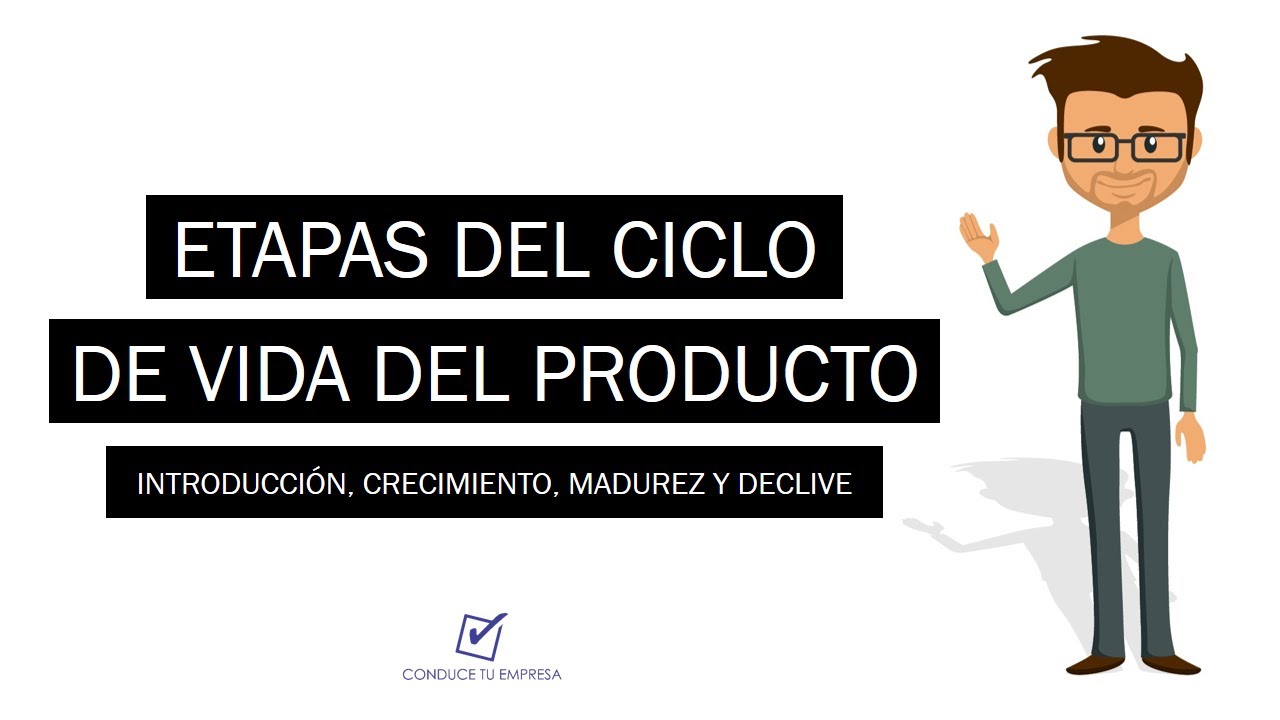October 7, 2024
Summary
TLDRThe speaker introduces the concept of the product life cycle, likening it to a human's life stages—birth, growth, maturity, and eventual decline. They explain that products, like people, have a life span influenced by changing customer needs and market environments. To sustain a product's longevity, companies must innovate and adjust to meet evolving demands. The speaker emphasizes the importance of marketing strategies and discusses extending the maturity phase of a product to delay its decline. They also briefly mention a popular, viral product, illustrating the concept in a real-world context.
Takeaways
- 📈 Products have life cycles, similar to humans, with phases of introduction, growth, maturity, and decline.
- 🔄 Companies must adapt to customers' evolving needs and wants to keep their products relevant.
- 💡 Product innovation is key to prolonging the maturity phase of the product life cycle.
- 📉 Eventually, all products experience a decline due to changes in customer preferences.
- 🎯 Companies develop products based on target customer needs and wants, which are dynamic and ever-changing.
- 📊 The product life cycle involves different strategies at each stage, from introduction to decline.
- 🛠️ Marketing strategies, promotions, and feature updates are essential in maintaining product longevity.
- ⚖️ As the market evolves, companies must constantly adjust their products to meet new demands.
- 🔍 The environment around customers changes rapidly, influencing their needs and behaviors.
- 🎥 A viral product, like the example of a trending doll mentioned in the lecture, can experience quick growth and decline based on customer interest.
Q & A
What is the main topic discussed in the transcript?
-The main topic discussed is the product life cycle and its stages, which are similar to the life cycle of humans. The discussion also touches on how companies address competition and drive growth through understanding the product's life cycle.
What analogy does the speaker use to explain the product life cycle?
-The speaker compares the product life cycle to the human life cycle, emphasizing that both have stages such as being born, growing, reaching maturity, and eventually declining or 'dying.'
Why does the speaker say that products eventually 'die' or decline?
-Products eventually decline because customer needs and wants are constantly evolving due to the dynamic nature of the environment. As these needs change, a product that once fulfilled them may no longer be relevant, leading to its decline.
What can companies do to prolong the maturity stage of a product?
-Companies can innovate by adding new features or making changes to the product, as well as employing marketing and promotional strategies to extend the product's maturity stage.
Why is understanding the product life cycle important for companies?
-Understanding the product life cycle is important because it helps companies anticipate changes in sales and customer needs. This knowledge allows them to adjust their strategies to sustain the product's success and address competition.
How does the dynamic nature of the environment affect customer needs and wants?
-The dynamic nature of the environment causes customer needs and wants to change frequently. As customers adapt to new trends, technologies, and circumstances, their expectations from products evolve, prompting companies to adapt as well.
What is the role of marketers during the product life cycle?
-Marketers play a crucial role in each stage of the product life cycle. Their goal is to ensure the product remains competitive by implementing strategies to meet evolving customer needs, promoting the product, and extending the maturity phase.
What is an example of a product that went viral, as mentioned in the transcript?
-The speaker mentions a viral product called 'Labubu Doll,' which gained significant popularity and attention at the time of the discussion.
What is the 'maturity stage' in the product life cycle?
-The maturity stage is the phase where the product has reached its peak in terms of sales and market presence. At this point, the product is well-established, but companies need to innovate and strategize to maintain its relevance and prevent decline.
What happens during the introduction phase of a product's life cycle?
-During the introduction phase, the product is launched into the market. Companies focus on creating awareness and generating interest through marketing and promotional efforts to establish the product among its target customers.
Outlines

此内容仅限付费用户访问。 请升级后访问。
立即升级Mindmap

此内容仅限付费用户访问。 请升级后访问。
立即升级Keywords

此内容仅限付费用户访问。 请升级后访问。
立即升级Highlights

此内容仅限付费用户访问。 请升级后访问。
立即升级Transcripts

此内容仅限付费用户访问。 请升级后访问。
立即升级浏览更多相关视频

Product Life cycle, 4 stages of product life Cycle

Product Life Cycle (With Real World Examples) | Strategic Management | From A Business Professor

Ciclo de vida del producto | Introducción, Crecimiento, Madurez y Declive

4 Tahap PRODUK + STRATEGI untuk Maksimalkan Cuan (Product Life Cycle)

The Product Life Cycle

Pharmaceutical Product Life Cycle Management Strategies
5.0 / 5 (0 votes)
